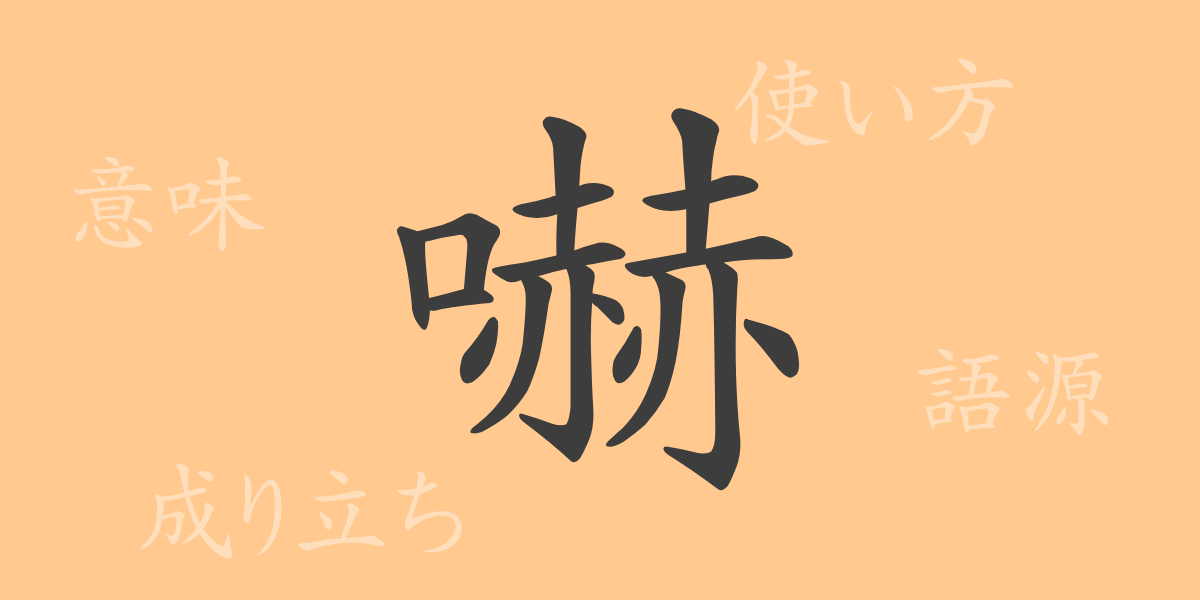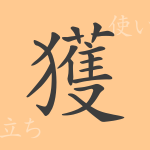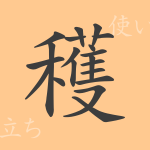The power of a single Kanji character reflects a deep culture and history beyond its literal meaning. The Japanese Kanji “嚇” (Kaku) is no exception. This article delves into the mysterious origins of “嚇” (Kaku), its usage, pronunciation, and the profound idioms and phrases that move the heart, unveiling its full picture.
The Origin of 嚇 (Kaku)
The Kanji “嚇” (Kaku) has been used since ancient times. Its form resembles a mouth wide open, depicting the act of shouting. It is also combined with the character “亦” (Mata), which means “again” or “repeatedly,” emphasizing the act of shouting multiple times. Thus, “嚇” (Kaku) came to mean startling someone or intimidating them.
The Meaning and Usage of 嚇 (Kaku)
The Kanji “嚇” (Kaku) means to scare or to surprise someone. In a broader sense, it can also imply “to intimidate” or “to threaten.” Its usage is often associated with situations that create a psychological pressure or fear.
How to Read 嚇 (Kaku), Number of Strokes, and Radical
The detailed information about the Kanji “嚇” (Kaku) is as follows:
- Pronunciation: On’yomi (Sino-Japanese reading) is “かく” (Kaku), no particular Kun’yomi (native Japanese reading)
- Number of Strokes: 17
- Radical: Mouth Radical (Kutihenn)
Idioms, Phrases, and Proverbs Using 嚇 (Kaku) and Their Meanings
There are various idioms and phrases that include “嚇” (Kaku), such as:
- 嚇走 (Kakusou): To frighten someone into running away.
- 威嚇 (Ikaku): To intimidate by demonstrating power.
- 恫喝 (Doukatu): To threaten by bluffing.
These idioms and phrases are powerful expressions that appeal to human psychology and are used in everyday conversations, literature, and business contexts.
Conclusion on 嚇 (Kaku)
The Kanji “嚇” (Kaku) possesses a strong image reminiscent of a shout, which appeals to people’s emotions. In the Japanese language, this character is used in various idioms and expressions, playing its role in moving people’s hearts. This single character encapsulates the energy and culture of language passed down through the ages.

























